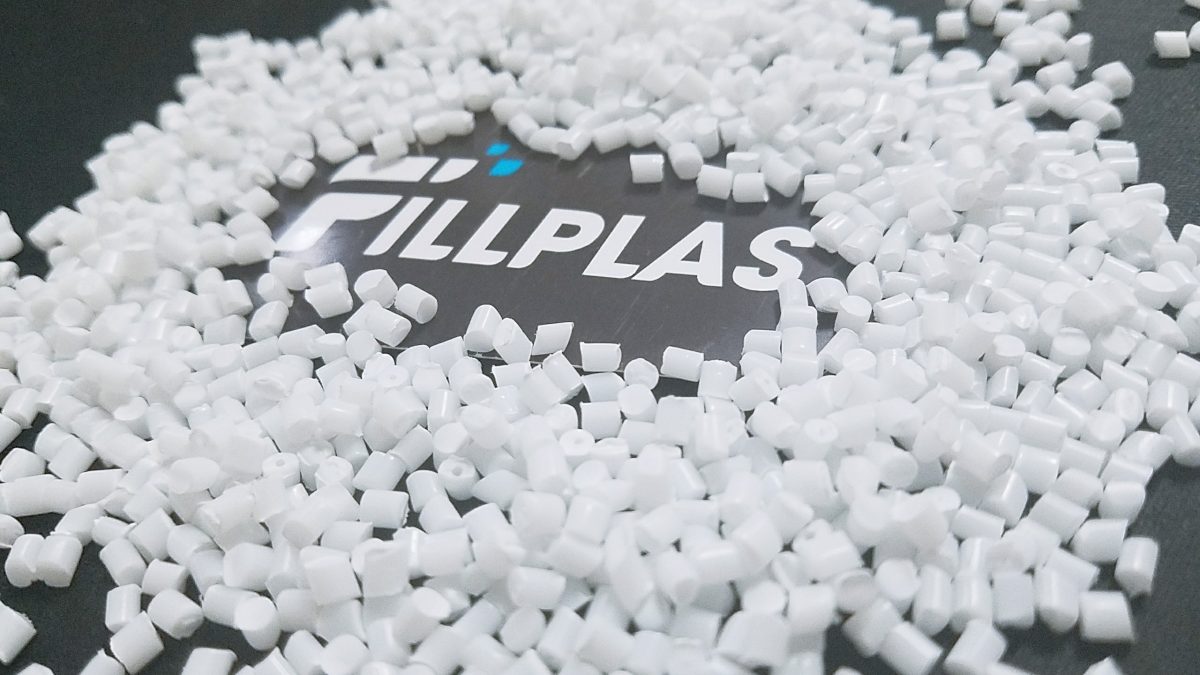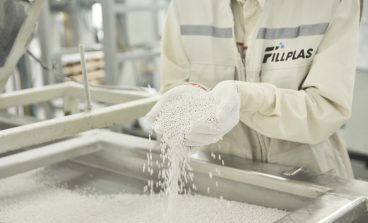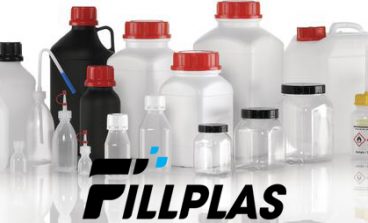
In plastic materials used in most products the basic polymer is incorporated into a formulary (plastic compound) with different ‘additives’, which are chemical compounds added to improve the performance (e.g. during shaping of the polymer, through injection molding, extrusion, blow molding, vacuum molding, etc.), functionality and aging properties of the polymer. The most commonly used additives in different types of polymeric packaging materials are plasticizers, flame retardants, antioxidants, acid scavengers, light and heat stabilizers, lubricants, pigments, antistatic agents, slip compounds and thermal stabilizers. Each of them plays a distinct role in delivering/enhancing the (final) functional properties of a plastic product.
For instance, catalyst deactivators neutralize any remaining catalyst residues, nucleators increase resin clarity and reduce processing time, and pigments provide a variety of colors. Antistatic agents permit the discharge of static electricity from the film or part. And the addition of flame retardants allows the use of PP in electronics, construction, and transportation applications. Antiblock and slip agents are commonly used in films, to prevent the latter from sticking together, or to metal surfaces.
All the aforementioned additives can be mainly divided into the following 4 categories:
• Functional additives (stabilizers, antistatic agents, flame retardants, plasticizers, lubricants, slip agents, curing agents, foaming agents, biocides, etc.)
• Colorants (pigments, soluble azo colorants, etc.)
• Fillers (mica, talc, kaolin, clay, calcium carbonate, barium sulfate)
• Reinforcements (e.g. glass fibers, carbon fibers).
For most of them, their uses, applications and potential toxicity are reported in the sections below.
1. The role of compatibilizers in the miscibility of polymers
Polymer blending has been extensively used over the last few decades to produce new polymeric materials that combine the individual attributes of the component polymers. Compatibilizers are substances that are commonly used to enable the creation of such special resin blends (co-polymer). And with the desired performance, starting from component resins that would otherwise be incompatible. Compatibilization is often a necessary procedure in blending polymers mainly due to the immiscibility and incompatibility of most polymer pairs. Specifically, the use of compatibilizers improves the overall performance of the blend thorough: improved blend morphology and enhanced interfacial adhesion.
Furthermore, a number of countries have adopted legislation to promote the use of biodegradable additives in polyolefins and PET. The targeting goal behind the use of biodegradable plastics is the assimilation of these materials back into the environment.
Another worth mentioned nuance is that compatibilization of two or more polymer sources in waste plastics can lead to advantageous combinations of properties and/or new properties, not present in either of the initial materials.
2. Use and application of most common additives
2.1. Plasticizers
Plasticizers are most commonly used for improving the flexibility, durability, and stretchability of polymeric films. And they are also used for reducing, at the same time, melt flow. These additives reduce shear during the mixing steps of polymer production and improve impact resistance in the final plastic film. They, also, provide the material with limp and tacky properties. Some important plasticizers include phthalic esters (PAEs), such as DEHP used in PVC formulations, and constitute about 80% of the plasticizer volume for PVC production; plasticizers for PET may include DPP, DEHA, DOA, DEP, di-isobutyl phthalate, and DBP; acetyl tributyl citrate (ATBC) is a plasticizer for PVDC-based cling-films; finally, other commonly reported plasticizers are DBP, DEHP, DHA, DCHP, BBP, HAD, and HOA.
2.2. Antioxidants
Antioxidants are embedded in various polymer resins to delay the overall oxidative degradation of plastics if/when exposed to ultraviolet (UV) light. The highly reactive free radicals that are generated by heat, radiation, and mechanical shear (often exacerbated by the presence of metallic impurities), cause the polymer to degrade. In food packaging, the potential for oxidation increases in the case of exposure to high temperatures, including contact with hot foods, exposure to infrared heating, retort processing, and microwave (MW) heating.
Arylamines are the most commonly used antioxidants in plastic food packaging. Phenolics and organophosphates (used to reduce hydroperoxides formed during oxidation to alcohols) are also used as antioxidants. The first group includes BHT, BHA, Irganox 1010, BPA and Cyanox 2246 and 425, while the latter group includes TNPP and Irgafos 168.
2.3. Heat stabilizers
Heat stabilizers are responsible for preventing the thermal degradation of polymers when exposed to elevated temperatures. Certain types of polymers i.e. PVC, PVDC, vinyl chloride copolymers (for example, vinyl chloride/vinyl acetate) and PVC blends require the addition of heat stabilizers in order to maintain their functionality. Nonetheless, other types of polymers can retain their stability even under severe heat conditions without the presence of heat stabilizers.
There are three types of primary heat stabilizers (i.e. mixed metal salt blends, organotin compounds, and lead compounds). And there are three types of secondary heat stabilizers (i.e. alkyl organophosphates, epoxy compounds, and beta diketones). In general, epoxy stabilizers are derivatives of epoxidized soybean oil (ESBO), linseed oil, and sunflower oil, most commonly found in food packaging plastics. There are other heat stabilizers, some even more effective; nonetheless, they are not recommended or considered appropriate for use in food packaging plastics due to their potential toxicity.
2.4. Slip agents
Slip compounds are responsible for significantly reducing the surface coefficient of friction of a polymer. In addition to providing lubrication to the film surface, they are also used to enhance the polymer with antistatic properties, enable better mold release, reduced melt viscosity, and anti-sticking properties. Some of the most commonly used slip compounds are fatty acid amides (primary erucamide and oleamide), fatty acid esters, metallic stearates (for example, zinc stearate), and waxes.
2.5. Residual or unreacted monomers and oligomers
The macromolecules that form plastic materials are created via the chemical reaction of the respective monomers. Both monomers and oligomers tend to migrate from packaging materials into foods. Consequently, health risks could potentially arise when/if the concentrations of unreacted monomers or low-molecular-weight substances in food reach a certain limit. And that could potentially be absorbed by the human body.
For instance, residual styrene from PS food packaging can migrate and may result in health issues. Epoxy resins of BPA, also known as bisphenol A diglyceride ether (BADGE), have been reported to create cytotoxic effects in living tissues and may increase the rate of cell division. However, recent FDA (food and drug administration) studies, in collaboration with the National Center for Toxicological Research (NCTR), have shown that the use of BPA in containers and other food-packaging materials is safe.
Fillplas produces additives materials. Please kindly contact us for more information.



